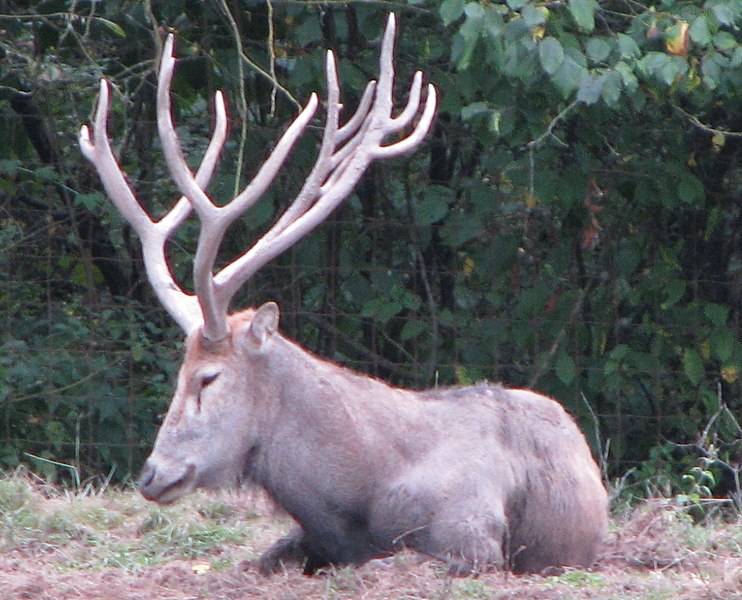In 1862, a French missionary named Armand David was commissioned to China, ostensibly as a school teacher. However, the young priest had been deeply interested in nature since childhood and, as naturalists are want to do when finding themselves in exotic (or familiar!) locales, he began to collect all that walked, swam, flew or grew within reach.
A Missionary’s “Alternative” Calling
The specimens he sent back to France intrigued the director of the Natural History Museum in Paris, and funding allowing Father David to continue his collecting was soon arranged. From 1866 to 1874 he explored largely unstudied regions in northern and western China, and was eventually responsible for bringing hundreds of previously un-described species of animals and plants to the attention of European biologists.
The “Clawed Warrior” Comes to Light
On April 14, 1866, while traveling through Inner Mongolia, Father David became the first European to lay eyes on the animal known locally as the “yellow rat”. He sent several of the unusual rodents back to Paris, where they were described (by the brother of the museum director who had funded Fr. David’s travels) as a new species, the Mongolian gerbil. The genus name, Meriones, is drawn from Homer’s Iliad, and means “clawed warrior.”
Strange Deer and Giant Pandas
 Father David is perhaps better known (at least to non-gerbil fans!) for his discovery of a captive group of unusual deer that were extinct in the wild. These animals, now known as Pere David’s or Father David’s Deer, were subsequently bred in European zoos and has been reintroduced to the wild in China.
Father David is perhaps better known (at least to non-gerbil fans!) for his discovery of a captive group of unusual deer that were extinct in the wild. These animals, now known as Pere David’s or Father David’s Deer, were subsequently bred in European zoos and has been reintroduced to the wild in China.
Father David also supplied the first giant panda skins ever seen by Europeans, and described a number of plants now well known in gardens throughout the world. Many of these, including the popular butterfly bush (Buddleia davidi), bear his name.
Japan’s New Lab Animal
In 1935, Japanese researcher Professor Kasugo collected 20 pairs of Mongolian gerbils in eastern Mongolia. These animals, which were sent to Japan’s Kitasato Institute for use in studies of Rickettsia bacteria (which causes typhus and other diseases), are the ancestors of most of the gerbils in the pet trade today.
A New Role in a New Country
In 1954, Dr. Victor Schwentker, a scientist in the USA, became aware of the existence of captive gerbil colonies in Japan and determined to obtain some for his own research. That same year, assisted by Michiko Nomura of Japan’s Central Laboratory for Animal Research, he was able to import 4 pairs.
The gerbils bred well, and it soon became apparent to Dr. Schwentker that the hardy little animals were quite friendly, and might make good pets. He began giving them to friends and colleagues, and by the 1960’s gerbils were appearing in pet stores.
There are few reliable records of other imports – the billions of gerbils kept as pets the world over seem to have arisen from the 40 collected in 1935…those in the US from Dr. Schwentker’s original 8 animals.
New Coats but the Same Great Pet Qualities
Today Mongolian gerbils are available in an astonishing 30 or more color strains ranging from black to white…names such as golden agouti, lilac, red fox and dove give some hint as to the range of colors and tones that have been selectively bred. One thing that has not changed – gerbils remain interesting, inquisitive, mild-mannered little rodents that make great pets.
 That Pet Blog That Pet Place Pet Blog
That Pet Blog That Pet Place Pet Blog
